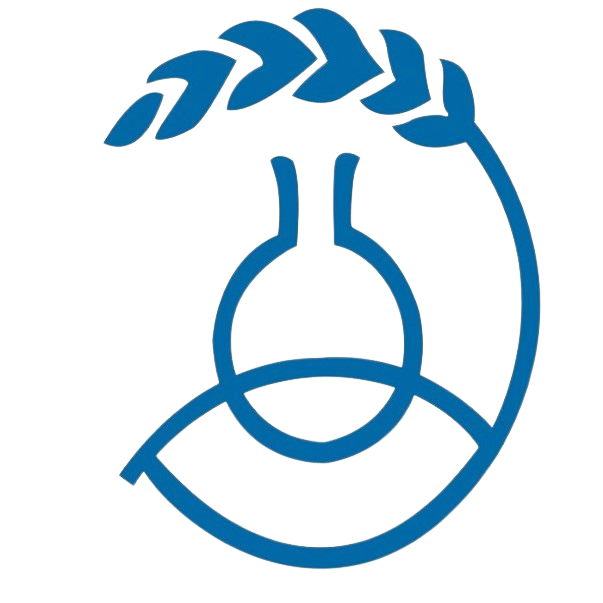- Home
- Blog
- Healthy Weight Loss
- Q. What is the difference between a food labelled ‘diet’ and one labelled ‘low-fat’?
Q. What is the difference between a food labelled ‘diet’ and one labelled ‘low-fat’?
Written by Catherine Saxelby
on Friday, 04 June 2010.
Tagged: dairy, diabetes, diet foods, dieting, diets, fat, weight loss

A. If a food claims its ‘low fat’, it must contain no more than 3 grams of fat per 100 grams, which is the same as 3 per cent fat. Many products turn this around to say they are ‘97% fat-free’. This is the case for low-fat yoghurts, instant soups, cereals and rice crackers.
On the other hand, ‘diet’ means low in kilojoules or calories. By law, diet foods (sometimes labelled as ‘low joule’ foods) must contain less than 170 kilojoules (40 Calories) per 100 grams. You’d see diet on diet jams, diet jelly, diet lollies, chewing gum and meal replacement shakes.
For example, in the dairy cabinet, you’ll find some yoghurts and desserts that are ‘low fat’ and some that are ‘diet’. The low fat ones have no more than 3 per cent fat (you can check this on the nutrition information panel) while the diet yoghurts are both low fat AND sweetened with acesulphame K or sucralose instead of sugar.
Diet yoghurts contain the least amount of fat and kilojoules of all products – this is as low as it gets! Both low-fat and diet varieties are nutritious but the diet types are for the serious dieter!
Low-fat 200 g tub 0-1g fat 6 g added sugar 800 kilojoules
Diet yoghurt 200 g tub 0g fat 0 g added sugar 380 kilojoules
What about beverages?
Beverages have their own rules. For a drink to claim ‘low-fat’ it must contain no more than 1.5 g of fat per 100 mL - that is, the drink must be ‘98.5% fat-free’. For example, low fat milks and some juices.
Diet drinks must contain less than 80 kilojoules (20 Calories) per 100 mL. For example, diet soft drinks and cordial.
Foodwatch
The Good Stuff
The Boring Stuff
© 2025 Foodwatch Australia. All rights reserved
Website by Joomstore eCommerce





